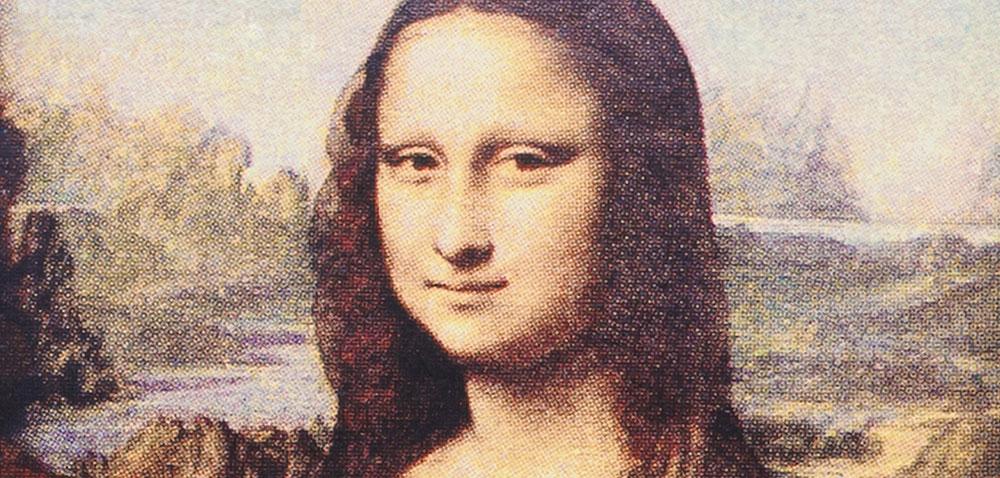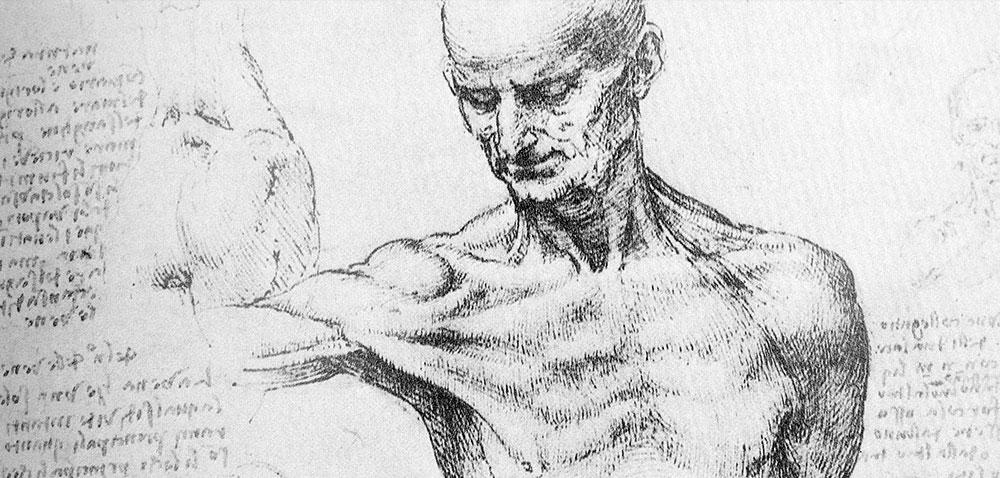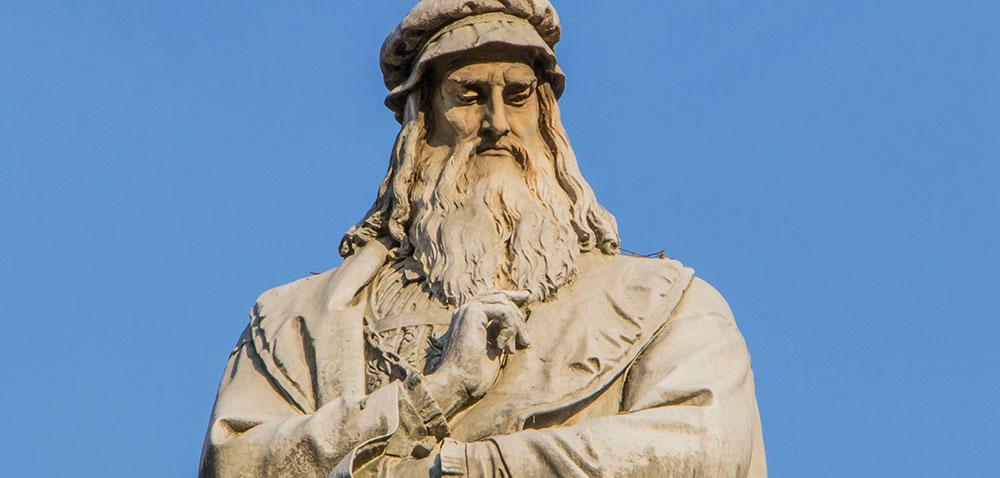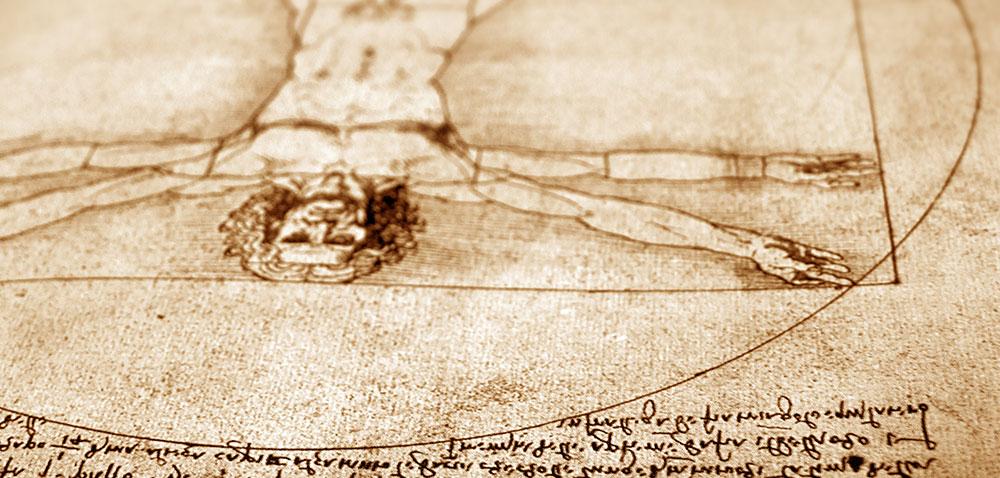Leonardo da Vinci – the ultimate renaissance man
The Italian Renaissance triggered an unquenchable thirst for knowledge and beauty. Born in the Tuscan town of Vinci in Florence, one man came to represent everything it stood for more than any other – Leonardo da Vinci.
Most people know his work as an extraordinarily talented artist, but just as influential was his scientific work, which spread his influence throughout Tuscany, Italy and ultimately, the world.
An engineer by trade, one of his most iconic drawings – The Vitruvian Man, is as much about measuring standard proportions of man as it is about creating a striking image. In his time, Leonardo created several war-machines, from wooden battleships and scythed chariots to conceptual plans for mechanical soldiers. He’s also credited with one of the world’s first helicopter designs. Appointed Milan’s chief military engineer in the late 15th century, he re-enforced the castles and defences of the region. He cleverly worked on the Navigli canal system in Milan, a defence system which doubled up as a handy distribution network for both water and goods on it.
A lover of puzzles and hidden messages, his military work also led him to become a great code creator, such as the codex Leicester a series of drawings, bought by Bill Gates for $30.8 million in 1994. So it will come as no surprise that people would believe some of the myths created around his work The last Supper, featured in the Da Vinci Code.
But perhaps most enigmatic of all is the smile of his most famous work– The Mona Lisa. Art historians have puzzled over her for decades. Who was she? Nobody knows for sure, but one current theory is that she is in fact a self-portrait of da Vinci in drag. Plans are afoot to dig up Leonardo’s grave, analyze the shape of his skull and prove, or disprove the theory once and for all. It seems rather fitting that the answers to secrets he took to his grave, might just be found there.
Most people know his work as an extraordinarily talented artist, but just as influential was his scientific work, which spread his influence throughout Tuscany, Italy and ultimately, the world.
An engineer by trade, one of his most iconic drawings – The Vitruvian Man, is as much about measuring standard proportions of man as it is about creating a striking image. In his time, Leonardo created several war-machines, from wooden battleships and scythed chariots to conceptual plans for mechanical soldiers. He’s also credited with one of the world’s first helicopter designs. Appointed Milan’s chief military engineer in the late 15th century, he re-enforced the castles and defences of the region. He cleverly worked on the Navigli canal system in Milan, a defence system which doubled up as a handy distribution network for both water and goods on it.
A lover of puzzles and hidden messages, his military work also led him to become a great code creator, such as the codex Leicester a series of drawings, bought by Bill Gates for $30.8 million in 1994. So it will come as no surprise that people would believe some of the myths created around his work The last Supper, featured in the Da Vinci Code.
But perhaps most enigmatic of all is the smile of his most famous work– The Mona Lisa. Art historians have puzzled over her for decades. Who was she? Nobody knows for sure, but one current theory is that she is in fact a self-portrait of da Vinci in drag. Plans are afoot to dig up Leonardo’s grave, analyze the shape of his skull and prove, or disprove the theory once and for all. It seems rather fitting that the answers to secrets he took to his grave, might just be found there.




